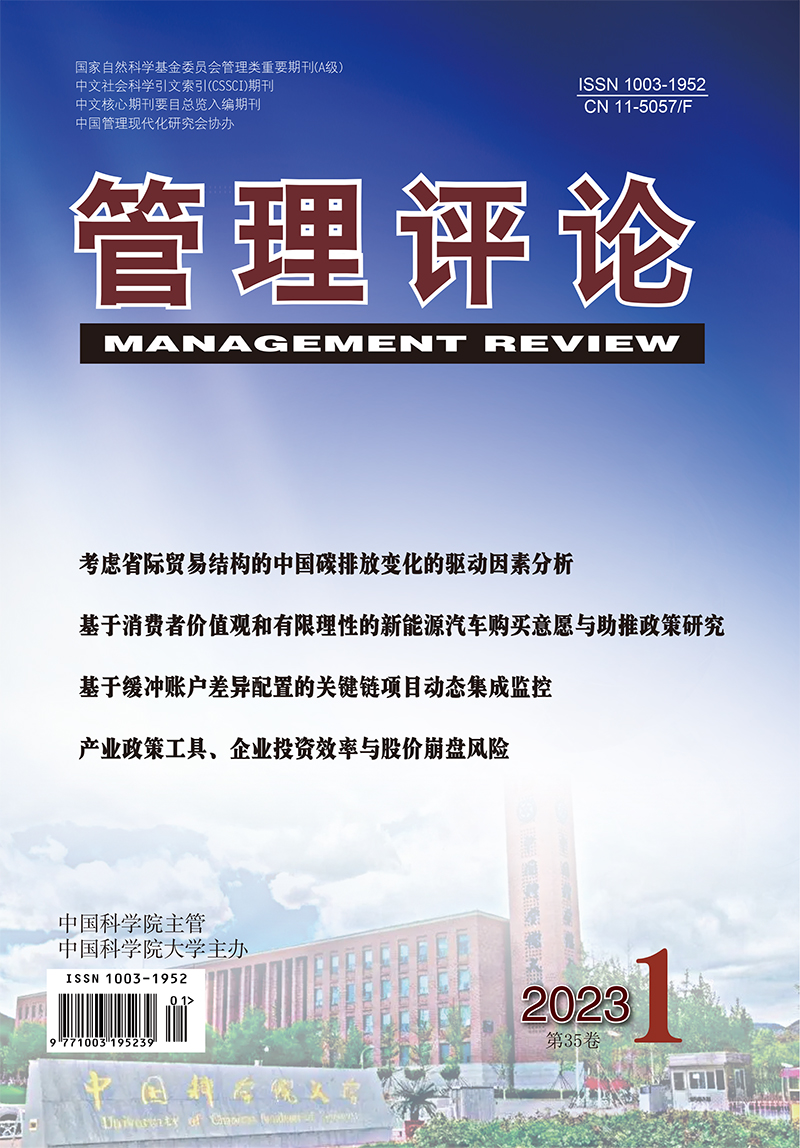|
|
Forecasting the Volatility of Chinese Crude Oil Market Based on Geopolitical Risk
Yang Kun, Wei Yu, Li Shouwei, Liu Liang
2023, 35 (1):
16-31.
Frequent geopolitical events in recent years are often regarded as a main cause of the intense fluctuations in crude oil market. Therefore, this paper first uses the GARCH-MIDAS-GPR-type models which incorporate geopolitical risk (GPR) indexes to analyze the impacts of the geopolitical risks of different countries, categories and severity on Chinese oil market volatility and the forecasting accuracy of the models. Then, the robustness of conclusions is further discussed from six perspectives: volatility forecasting with different lengths, volatility forecasting before and after the launch of Chinese crude oil futures, alternative basic model, direction-of-change of crude oil volatility forecasts, crude oil risk forecasting and portfolio management. Furthermore, three macroeconomic uncertainties and six economic policy uncertainties are introduced to compare how helpful different uncertainties are for prediction. The empirical results show that, first, the country-specific, overall and serious GPR indexes have significantly positive effects on the long-run volatility of Chinese crude oil market. Second, geopolitical risk indicators contribute to improving the accuracy of Chinese oil volatility forecasts to varying degrees, and the three GPR indexes which reflect the overall geopolitical risk of the world perform better than other GPR indexes. Finally, compared with the commonly used macroeconomic uncertainties and economic policy uncertainties, geopolitical risk can provide most useful information for forecasting crude oil volatility. All the above-mentioned conclusions are robust in statistical accuracy and applications.
References |
Related Articles |
Metrics
|

